Lyme Disease Brain Lesions
Lyme disease brain lesions. Some Lyme patients show small fuzzy white spots on a brain MRI. Pseudotumor cerebri also referred to as idiopathic intracranial hypertension is a condition caused by elevated cerebrospinal fluid pressure in the brain. Some even after antibiotic therapy may experience chronic Lyme disease and.
Unlike SPECT and PET images which assess brain function MRI captures the physical structure of the brain. Lyme disease symptoms may appear like multiple sclerosis causing confusion at first. Lyme is acknowledged to cause brain lesions even by the old guard but they are not the same as MS lesions.
4 5 Lyme disease was subsequently linked to the recovery of a previously unrecognized spirochete B. Lyme disease can cause delayed neurologic symptoms similar to those seen in multiple sclerosis MS such as weakness blurred vision caused by optic neuritis dysesthesias sensations of itching burning stabbing pain or pins and needles confusion and cognitive dysfunction and fatigue. On extremely rare occasions the infection can involve the brain or spinal cord disorders that are now extraordinarily rare.
A second stage that may manifest as. It can be accompanied by anxiety and depression. Instead there is unexplained intracranial pressure in the head.
Additionally MS and Lyme Disease can both be relapsing diseases. In about 15 percent of cases Lyme disease affects the central nervous system. Brain scans may show lesions similar to the ones seen in multiple sclerosis.
She told me that I dont have MS but because of my many lesions she wants to see me in a year. Its a constellation of symptoms that can include short-term memory loss difficulty with focus and concentration and other assorted neurocognitive factors. I just saw an MS specialist a couple days ago.
Nobody has ever died of it and it has rarely if ever caused significant damage to any patients brain. Clinical representation of Lyme disease is often the best way for diagnosis.
Pseudotumor cerebri also referred to as idiopathic intracranial hypertension is a condition caused by elevated cerebrospinal fluid pressure in the brain.
Patients with chronic neurological symptoms may benefit from a brain MRI scan and late-stage Lyme disease testing such cerebrospinal fluid testing. Generally Lyme disease is a treatable condition that requires antibiotic therapy. Lyme disease brain MRI scans may also show brain involvement Interestingly Lyme disease brain lesions sometimes show up on brain scans and look similar to multiple sclerosis lesions. Its a constellation of symptoms that can include short-term memory loss difficulty with focus and concentration and other assorted neurocognitive factors. 4 5 Lyme disease was subsequently linked to the recovery of a previously unrecognized spirochete B. Additionally MS and Lyme Disease can both be relapsing diseases. The brain MRI of a young patient reveals MS-like lesions in this individual with a fully positive IgG Lyme Western blot indicating immune reactivity against the agent of Lyme disease. Patients with chronic neurological symptoms may benefit from a brain MRI scan and late-stage Lyme disease testing such cerebrospinal fluid testing. Lyme is acknowledged to cause brain lesions even by the old guard but they are not the same as MS lesions.
Two of the three stages of Lyme disease potentially involve the central nervous system. They tend to be scattered through the white matter. Lyme disease symptoms may appear like multiple sclerosis causing confusion at first. Lyme disease lesions on the spine are also possible. Generally Lyme disease is a treatable condition that requires antibiotic therapy. In about 15 percent of cases Lyme disease affects the central nervous system. Lyme neuroborreliosis is one of the chronic manifestations of Lyme disease and is caused by the neurotropic spirochete Borrelia burgdorferi.




















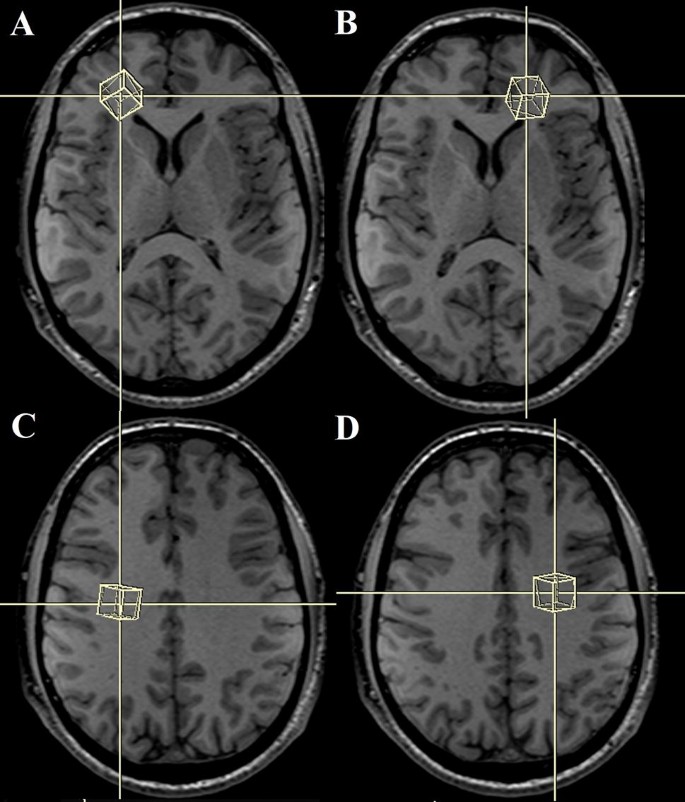
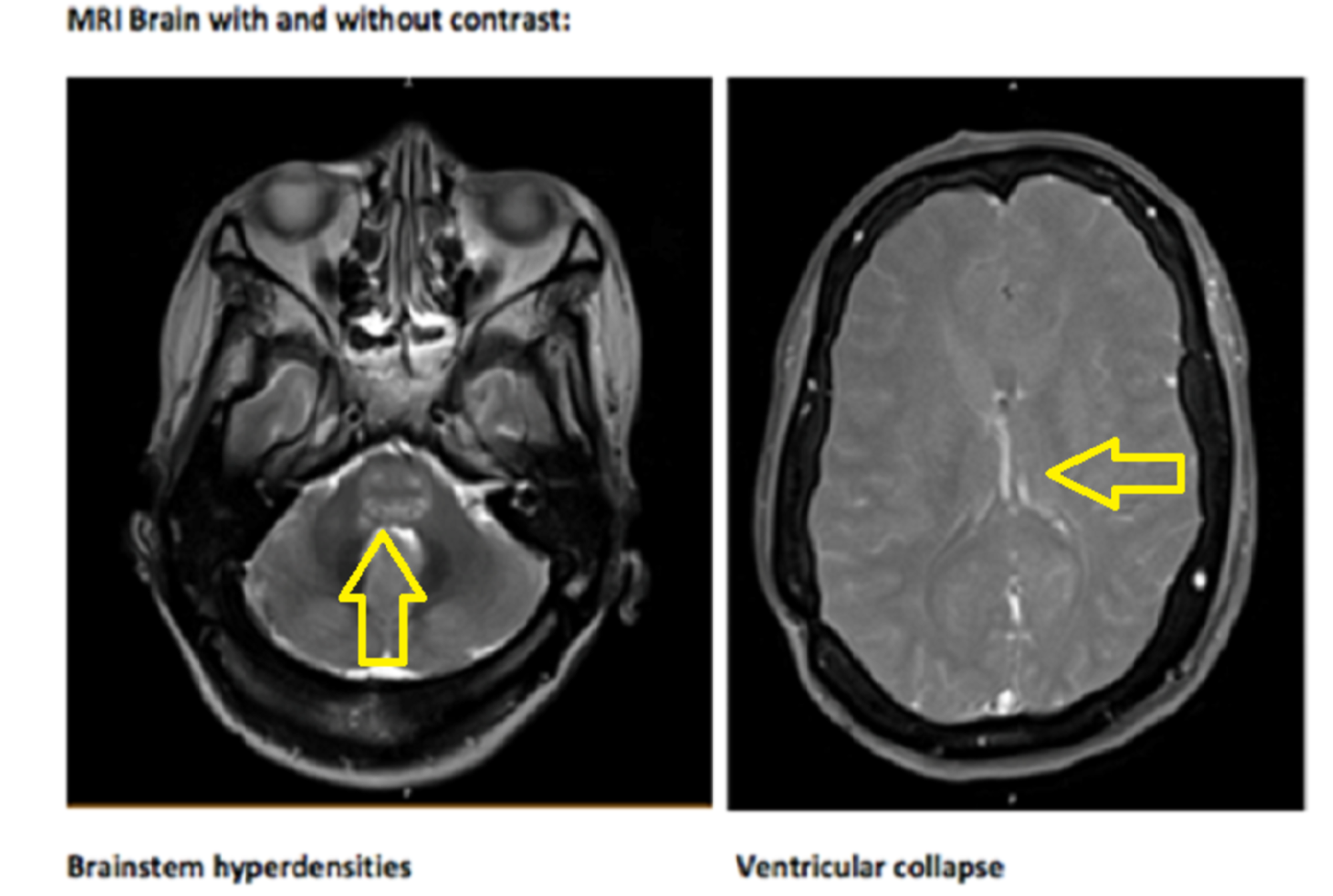




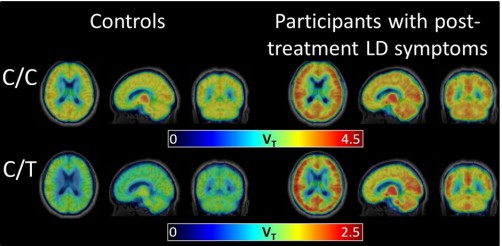



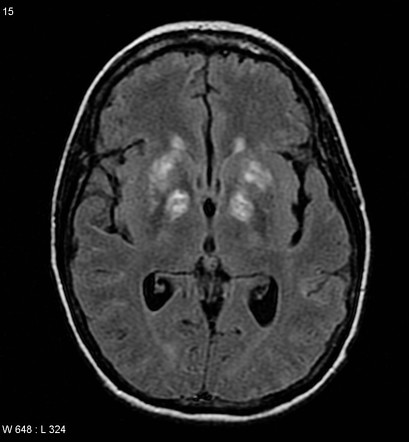
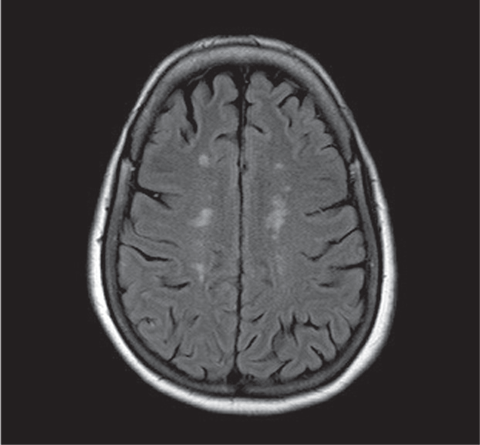
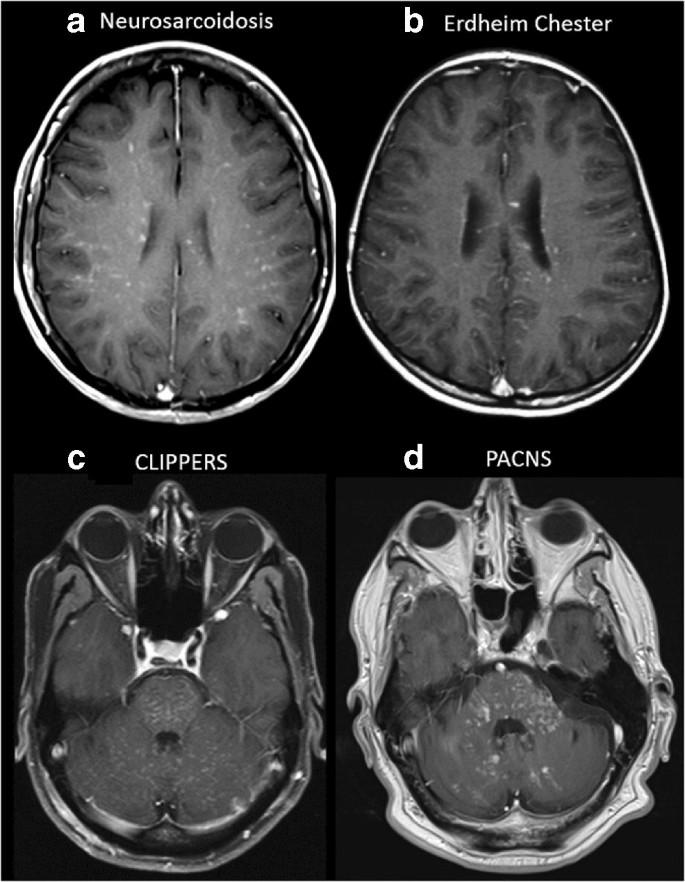



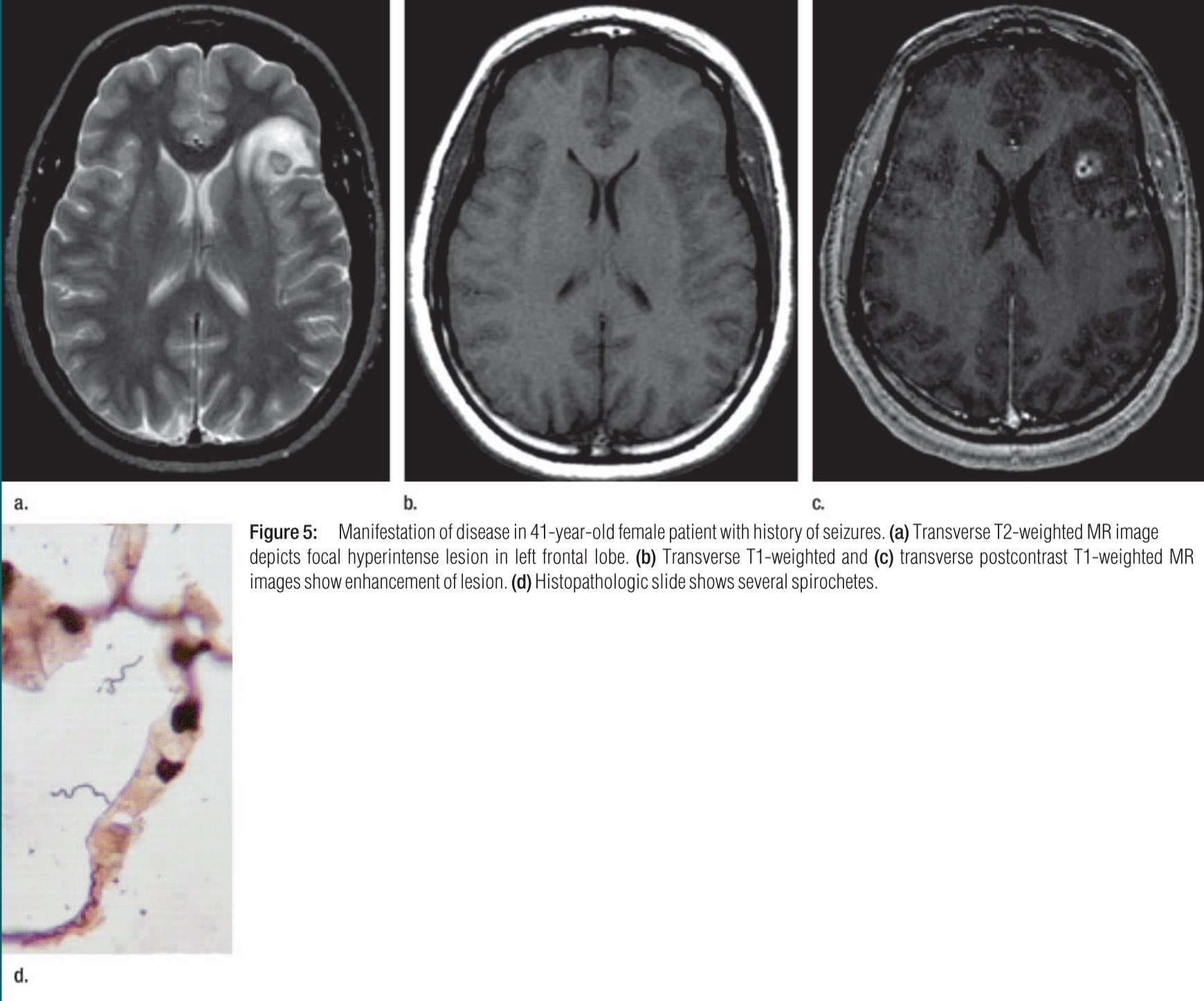




Post a Comment for "Lyme Disease Brain Lesions"